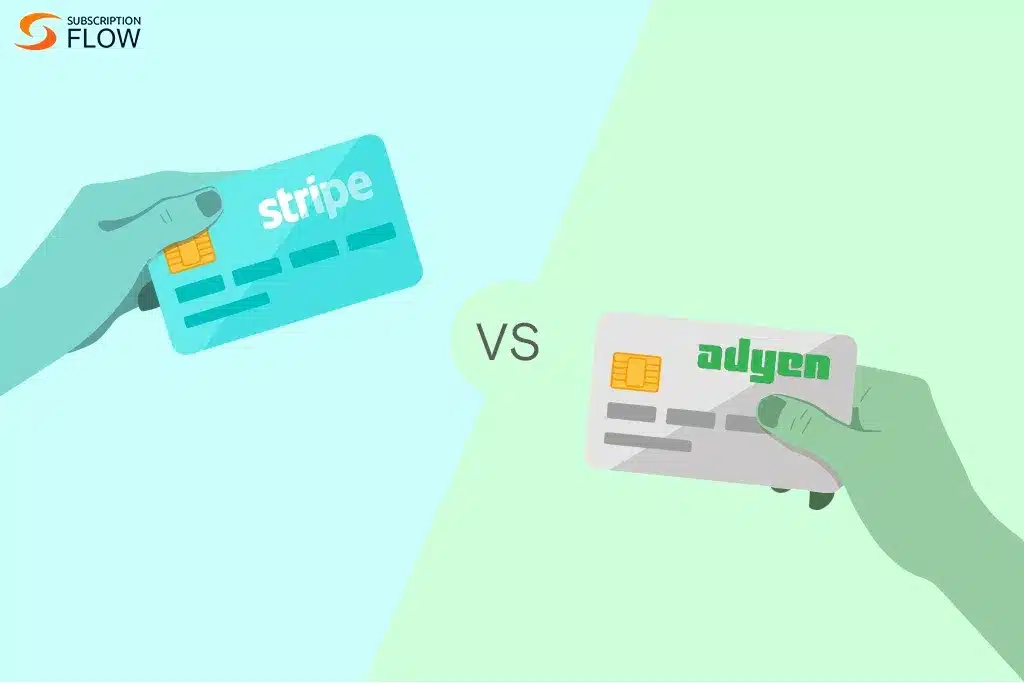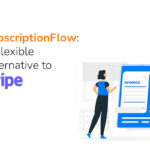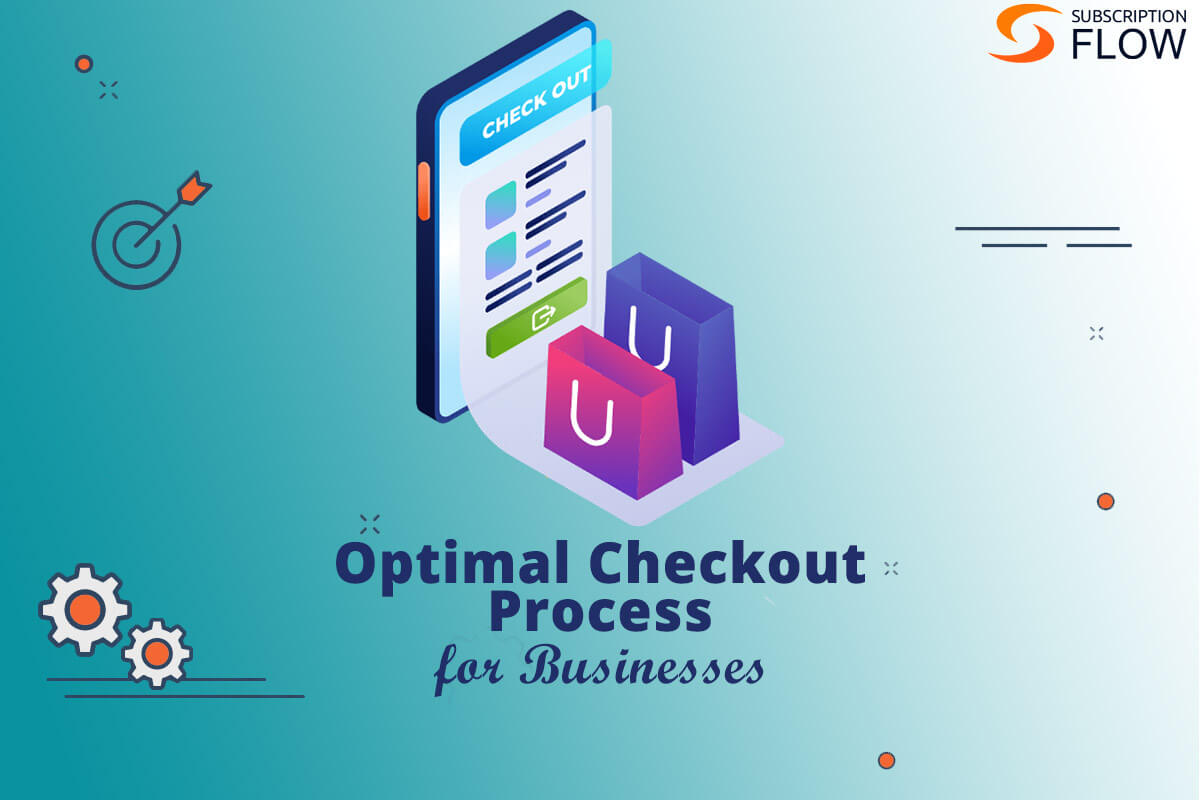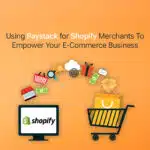
One Time vs Recurring Payments: What Works Best for Business?
The quick answer? It depends upon your product or service.
We’ve talked much about how value based pricing works. Whether or not your business should go for usage-based billing, a recurring tier-based pricing, or simple one-time payments depends entirely upon your individual business.
The key is to think about the cost you accrue for a successful delivery of the product/service. Next, you need to figure out what your buyers are actually willing to pay for the same product/service.
After this, you can get to the revenue requirement of your business and define your pricing strategy.
Though the process involves an incredibly large amount of research, it’s well worth it in the end.
That’s because going for a billing model that doesn’t resonate with your product/service or even the nature of operations, you’re going to leak revenue.
The idea is simple if you break it down to one-time vs recurring payments.
More often than not, this is the beginning point for most companies, especially SaaS providers who face difficulties in pricing.
You can’t change prices on the go and with each billing model, you get several pros and cons for both.
To help you understand it better, let’s take a look at what one-time and recurring payments entail and how they work for businesses:
What Are One-Time Payments?
One time payments entail an easy enough concept as it’s been practiced for very long. As a business, you spend a cost and produce a product or service.
The interested customer offers a one-time payment to purchase the product/service and that’s the end of the transaction.
A simple process that entails or warrants nothing other than a simple transaction, one time payments have been the way things worked.
Before subscriptions became a thing, one-time payment was the only way businesses operated.
There’s almost nothing complicated about offering and accepting one time payments except the hefty price tag.
Particularly a problem for industries that produce expensive products such as the automotive industry, one-time payments are just that; they come by once and when you’ve sold an expensive Porsche to someone, that’s it.
The concept of customer lifetime value is almost non-existent in one-time payments. That’s because a customer ceases to be of value once they’ve handed you their payment.
From a customer’s perspective, this can be interpreted as a seamless or a horrible experience depending upon the quality of service/product they receive.
What Are Recurring Payments?
In contrast to one-time payments, recurring payments involve processing multiple transactions at regular intervals.
As the name shows, this is a repetitive process and the service/product being offered to a customer is continuous. That means that the customer keeps paying for continued service or product(s).
Read More: Subscription vs Pay-Per-Use—Which Revenue Model Would Work For Your Business?
The recurring billing business model isn’t something completely new. We’ve all paid our monthly utility bills and know how the process works.
From several different types of recurring billing models, you can charge customers according to the following:
- Usage-based billing
- Flat-Rate
- Freemiums
- Tier-based
- Volume-based
Read More: What is Usage-Based Billing?
Though these are some common examples of recurring billing models, there are several more possibilities for businesses to go for.
Setting aside the obvious problem of streamlining the process of accepting and recording all these payments, there are other peculiarities of recurring billing.
For example, even though there’s a promise of recurring revenue, there’s also a continuous effort involved in retaining customers.
Of course, your customers aren’t going to keep paying you every month for the same service. While this is how it should be, market competition is a reality that all businesses have to accept.
You may be offering something great in 2020 but you can bet someone will be offering something better or something more in 2025.
The market will eventually become saturated with competitors offering advantages and pricing that’s comparable to if not more appealing than yours.
Since there are points to be made on both sides of the argument, it’s best to look at it from an objective perspective.
As it’s a question of pricing strategies, none can afford to revise a model every now and then. That’s precisely why you should take a look at the differences between one-time and recurring payments below:
Pros and Cons of One-Time Payments
Revenue
One-time payments tend to provide businesses with easier management and bigger chunks of revenue.
Taking the example of graphic designing software like Adobe’s Photoshop, one can imagine the amount the company could collect with one-time payments.
The standalone version of Adobe products could be priced at anywhere between $700-$1500 per copy sold.
However, apart from the huge one-time revenue income, there’d be two problems with this.
Substantial and Justifiable Upgrades
Firstly, once a customer buys a product, they’re not going to buy the next few versions of the product.
It’s no rocket science as to why big-time revenue gains are enticing for businesses.
However, companies that have been in the market for long know that you can’t rely on one-time revenue in the contemporary market.
That’s because someone who’s spent a whole lot on version 1.1 would wait for at least 1.5 or 2.1 before paying a hefty price again (unless the 1.3 or 1.5 updates bring about a huge array of necessary tools that are required).
In order to retain value for users, you need to introduce upgrades and updates that cater to increasing number of demands.
This entails research, development and marketing efforts that become difficult with each sale. For example, an iPhone 12 user won’t instantly switch to iPhone 13 as it comes out.
Read More: Why Value-Based Pricing Approach Is Important For Your SaaS Business
Marketing Restrictions
Secondly, this would mean that your buyer persona is limited to professional designers and companies who can actually afford the full price of the software itself.
The market isn’t filled with people who have such a huge threshold of dispensable income and thus, charging huge amounts can reduce your target audience.
Your target market will shrink for every dollar you increase on the price tag.
You’ll need to find more buyers that fit the persona and qualify as leads. And in a competitive market, your efforts will need to surpass your competitors every time to excel.
And if you price it lower than your competitors, you’re probably going to make customers doubt your product’s quality.
Pros and Cons of Recurring Payments
The recurring billing business model is deemed as a more stable approach for businesses. Promising long-term stability in the form of reliable revenue, recurring payments can be deemed difficult at first.
Management
Most businesses that abstain from trying this business model often think that it’s difficult to process recurring payments and automate the process.
That’s because for every customer that is being onboarded on variable times, you need to generate recurring invoices for their specific plans.
Although it’s a complicated process, the secret to losing the hassle altogether is using a subscription management software.
These platforms are designed specifically to help merchants streamline the recurring billing process.
Providing tools that can help reconcile payments, automate invoice and billing processes, and smart analytics, you can prioritize marketing and outreach efforts without worrying about your business operations.
So, the trouble with the recurring billing model isn’t its management.
Market Competition
At least, when compared to the hassles it brings in other areas such as market competition and customer retention, these processes seem easy.
As stated earlier, markets tend to evolve and for every business, there’s a plethora of competitors establishing themselves with a variety of different selling points.
In a subscription market, you can’t expect your customer to stay with your product/service solely out of loyalty.
If a customer is willing to pay a recurring fee every month, they expect continued development and support.
The moment they spot a feature they need or better customer experience being promised by your competitor, you’ll lose the customer.
This means you need to keep up with the competition and keep offering the best in the business.
Read More: Overpricing Can Turn the Subscription Business Upside Down—Get Your SaaS Pricing Right!
Easier Marketing
When going for a subscription bulling model, the main advantage of the maneuver is easier marketing. An example of this can (again) be of Adobe’s business model.
When Adobe noticed that their one-time purchase options for standalone products don’t have a bigger target audience, they switched to Adobe CC.
From Adobe CS to Adobe CC, the move marked the change of an era as the Creative Cloud has now become one of the world’s most used subscription services.
Offering all the software products in their suite, Adobe has opened the gates to Creative Cloud for everyone. Compared to the hefty one-time price, the subscription fee amounts to only $10/month.
It doesn’t take much to understand how this could bring about a plethora of more users compared to the $1000 price tag that a single product had before.
Read More: What is Pay as You Go Billing Model for Businesses? An In-depth Look at Consumption Based Pricing
Customer Experience
For a considerably long time, subscription merchants had to deal with countless customer complaints and concerns.
Even simple requests such as upgrading, downgrading, canceling and renewing subscriptions demanded effort from the admin panel.
These processes were streamlined by offering customers a portal to manage their subscriptions without the need of an administrator on the backend.
Now, merchants can sit back, relax and monitor customer activity on these portals.
In fact, since your customers are staying at your platform, you can make the most of the opportunity and present ads for your other products, services or plans as well.
This is one of the main selling points of subscription businesses who find it easier to upsell and cross-sell their products/services to their customers.
Since you’ve already gained the trust of a customer, you won’t have a difficult time persuading them to sign up for other products.
Customer Lifetime Value
Recurring billing generates more customer lifetime value than one-time payments.
That’s because once a customer signs up, they’re inevitably going to generate more revenue for the business than the cost spent on acquiring them.
The difference between the customer acquisition cost (CAC) and customer lifetime value (CLV) matters for recurring billing models.
The longer the customer stays, the more profit they’re generating for your business which translates to more reasons for you to keep them on board.
However, this is a problem for many SaaS vendors and subscription merchants. Customer churn is not always voluntary and that’s one of the most painful points for a business to accept.
Not only do you need to address customer concerns, but you also have to ensure their satisfaction to ensure they stay subscribed for longer.
Read More: Important SaaS Customer Retention Metrics for Subscription Businesses
Why Not Both?
Who says you can’t go for both? Perhaps you might have some service that can be offered for recurring monthly fee. And you might have products or services that could be added on as one-time payments.
There’s no limit to what a business can or cannot do in order to streamline its revenue.
Companies like Porsche are challenging the status quo in their relative industries by experimenting with different business models to generate recurring as well as one-time payments.
If you’re thinking about pricing strategies for your business or wondering if either of the models could be added to your business, contact us!
Experts at SubscriptionFlow specialize in understanding the needs of a business with respect to its niche.
Not only can you expect them to provide you with consultation but you can also go for a quick demo to understand how you can streamline your business operations using SubscriptionFlow!











